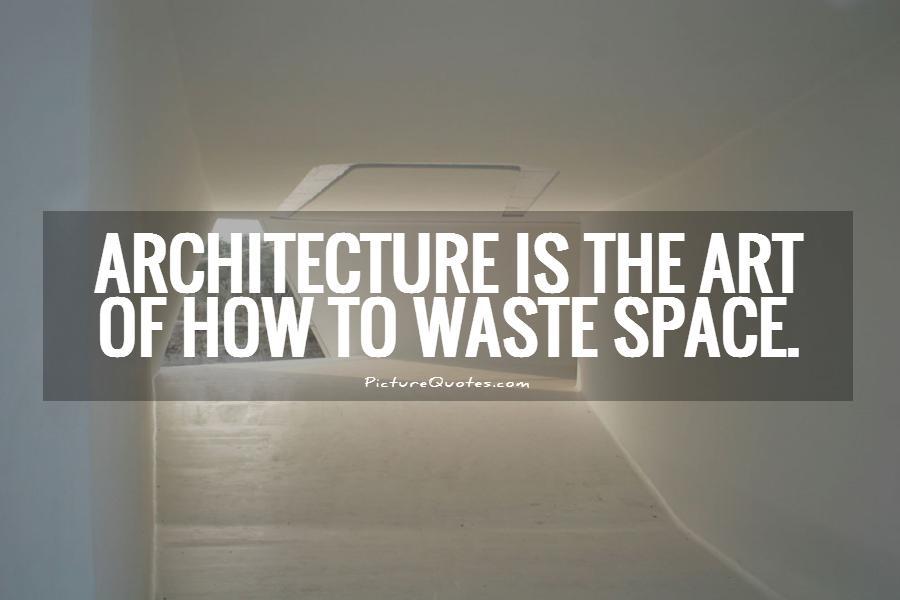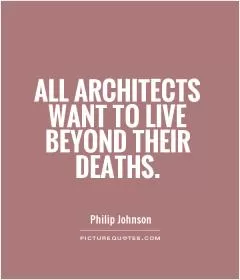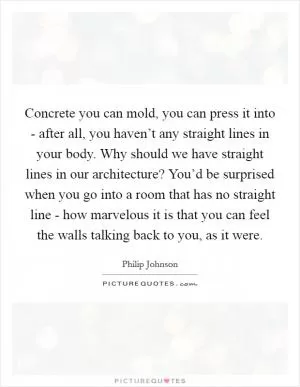Architecture is the art of how to waste space

Architecture is the art of how to waste space
The statement "architecture is the art of how to waste space" may seem counterintuitive at first glance. After all, architecture is often associated with the efficient use of space, creating functional and aesthetically pleasing structures that serve a purpose. However, when we delve deeper into the complexities of architecture, we begin to understand the nuanced ways in which space is utilized, manipulated, and sometimes even "wasted" in the pursuit of creating meaningful and impactful designs.One of the fundamental principles of architecture is the concept of negative space, or the space that is left empty or unused within a structure. Negative space is not simply wasted space; rather, it plays a crucial role in defining the boundaries and proportions of a building. By strategically incorporating negative space into a design, architects can create a sense of balance, harmony, and rhythm that enhances the overall aesthetic appeal of a structure.
Furthermore, the notion of "wasting" space in architecture can also be seen as a form of creative expression. Architects often push the boundaries of traditional design conventions, experimenting with unconventional forms, materials, and spatial configurations to challenge our perceptions of space. In doing so, they may intentionally create spaces that appear to be "wasted" or underutilized, but which ultimately serve a larger artistic or conceptual purpose.
Consider, for example, the work of renowned architect Frank Gehry, whose iconic buildings often feature bold, sculptural forms that defy conventional notions of space and structure. Gehry's designs, such as the Guggenheim Museum in Bilbao, Spain, are celebrated for their innovative use of space and materials, creating dynamic and visually striking environments that invite contemplation and reflection.












 Friendship Quotes
Friendship Quotes Love Quotes
Love Quotes Life Quotes
Life Quotes Funny Quotes
Funny Quotes Motivational Quotes
Motivational Quotes Inspirational Quotes
Inspirational Quotes